Too many companies jump into conversion rate optimization without a real conversion optimization strategy or a methodology to identify candidate areas of optimization. Very often, the process is too simplistic and does not consider website visitors in a meaningful way.
CRO is a comprehensive process that only succeeds when it involves two elements:
- Identifying areas of the website that should be optimized
- Following a repeatable process to optimize these areas
If you don’t recognize the leaky holes in your site and don’t apply the right methodology, your optimization efforts are destined to fail.
When optimizing your site for conversions, you can’t just start anywhere.
Random guesswork will lead to wasted time, effort, and money, on top of producing unreliable results. Well, that is the exact opposite of what you are looking for.
In the short video below, Khalid sums up the steps you should take to plan a successful conversion optimization.
Video – How to Determine Conversion Problems on a Webpage by Invesp
This chapter of our guide walks you through seven key tasks, to help in identifying poor-converting areas of your website and also the benefits of a conversion optimization strategy.
In the next sections, you will learn about:
- Identifying your website conversion goals
- Prioritizing your website conversion goals
- Recognizing and tracking conversion paths
- Detecting macro and micro funnels of conversion
- Observing the primary goal of each web page on your site
- Tracking your visitors’ behavior with an analytics program
- Calculating your website conversion rate
You will find four exercises to answer throughout the chapter. With each answer, you will gain better insights into your website.
1. Identify Your Website Conversion Goals
You must start conversion optimization by identifying the primary goal of your website.
This seems simplistic, but in reality, any business tries to achieve different goals from its website.
Take, for example, the giant retailer Amazon.com. At some point, they were a pure e-commerce website with a primary conversion goal of selling the items they carried to their visitors.
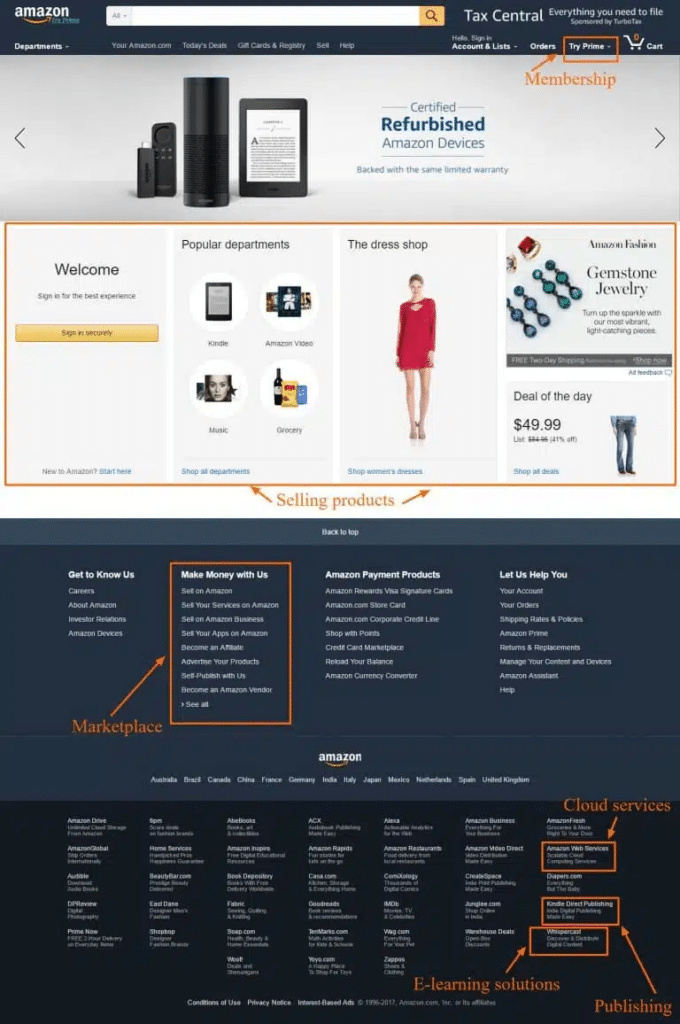
However, if you carefully look at the site, you notice it has competing goals. Some of these goals include:
- Provide a marketplace for other retailers who offer products that Amazon itself carries and sells.
- Sell prime memberships.
- Capture visitors’ emails to convert them at a later stage.
- Strengthen the Amazon brand in the minds of visitors.
Typical conversion goals for an E-commerce website include:
- Capturing visitor orders
- Capturing a visitor’s email address
- Allowing customers to download product manuals
- Allowing customers to locate nearby stores
- Allowing customers to create a registry or add-to-wish list
A lead generation website might have the following conversion goals:
- Capture visitor information as a lead.
- Allow visitors to call a business
- Allow visitors to download white papers or research.
> Exercise 1: List the top goals you are trying to achieve from your website.
2. Prioritize Your Goals
After you recognize all the goals of your website, your next step is to identify a value to each of these conversions. It is easy to associate a numerical value with a customer placing an order on an e-commerce website. But what would be the value of getting an email address?
To prioritize the distinct conversion goals of your website, answer the following questions for each goal:
- Is there a clear metric to measure this goal?
- What is the business value of this goal?
- Can you assign a dollar value to this goal?
Questions 2 and 3 appear similar, but they are different. A goal might have a high business value that is difficult to qualify as a dollar value.
Why is the exercise of prioritizing conversion goals for the website necessary?
As you begin to increase conversion rates for your website, these competing goals will occasionally conflict with each other. Prioritizing the site goals from the start will save a lot of heartache and discussions later on.
> Exercise 2: Prioritize the conversion goals you identified in Exercise 1. Assign a dollar value to each goal.
3. Identify and Track The Conversion Paths
Your next task is to track different conversion paths visitors must go through before they convert on your website. You need to track:
The unique page(s) on your site a visitor must go through during the conversion process
The final conversion page is reached when a visitor converts
Let’s take a couple of examples:
For an e-commerce website, an order (conversion) only happens when a visitor views a product page, goes through the checkout process, and arrives at the order confirmation page. In this case, we track:
- Product pages, cart pages, and checkout process
- Order confirmation page
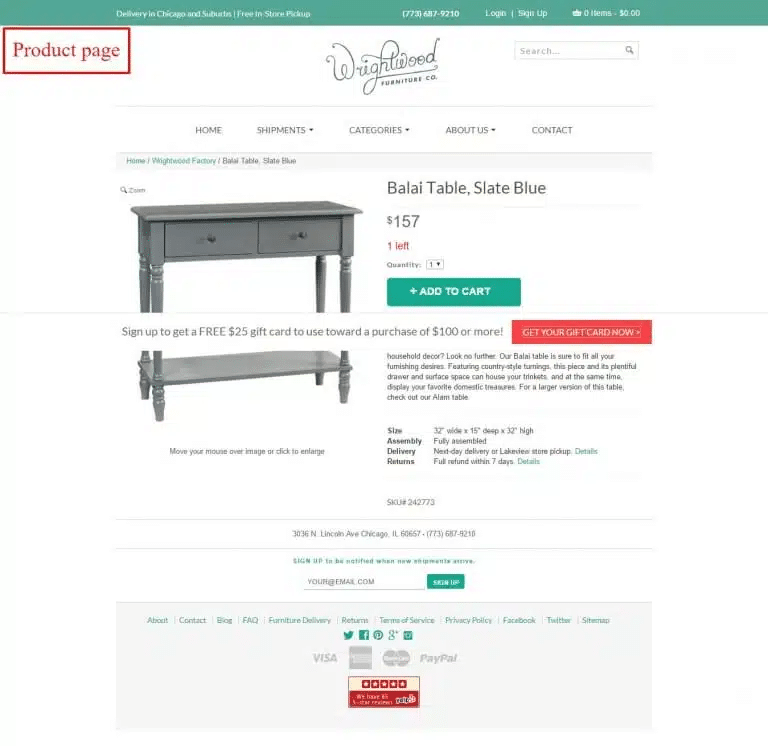
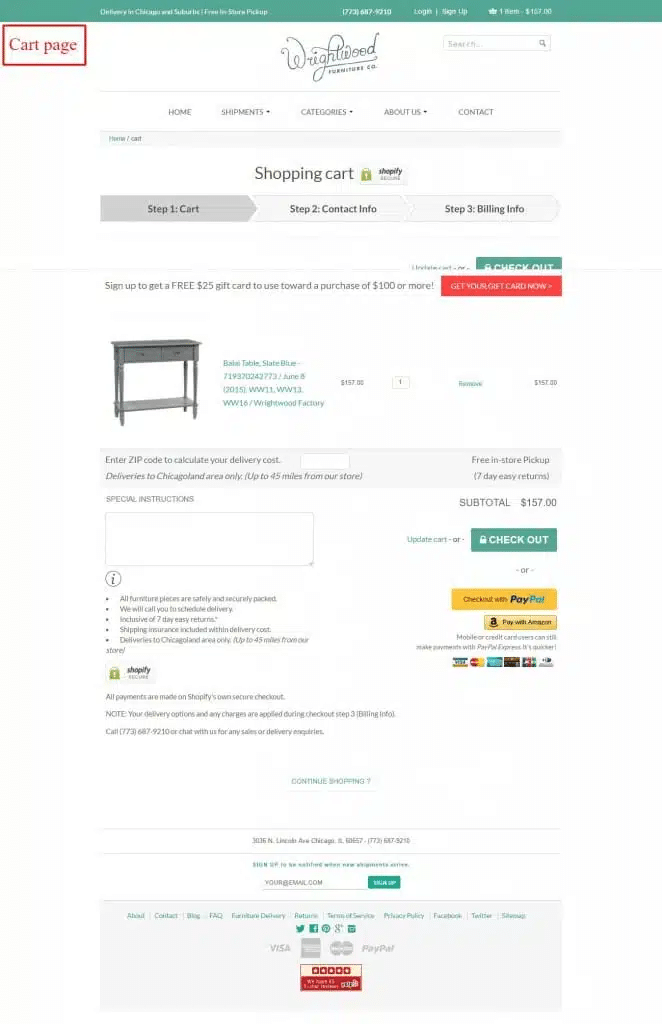
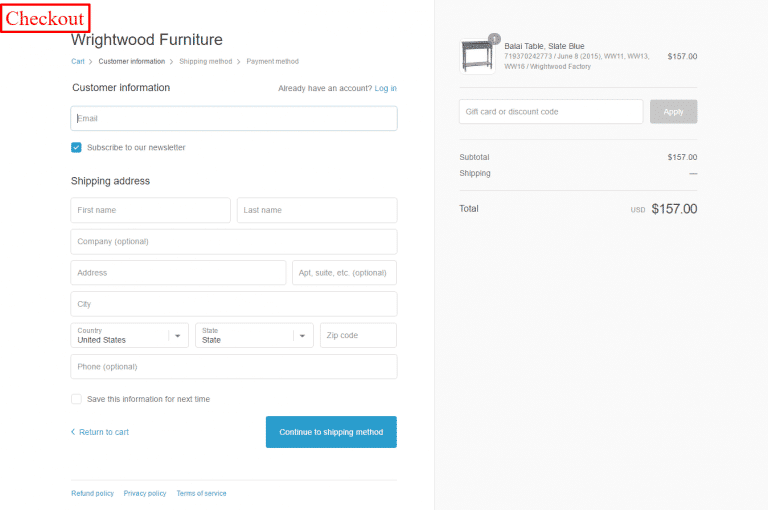
For a lead generation site, a conversion only happens when a visitor views the “contact us” page, submits personal information through that page, and reaches a “thank you” page. In this case, we track:
- “Contact Us” page
- “Thank you” page
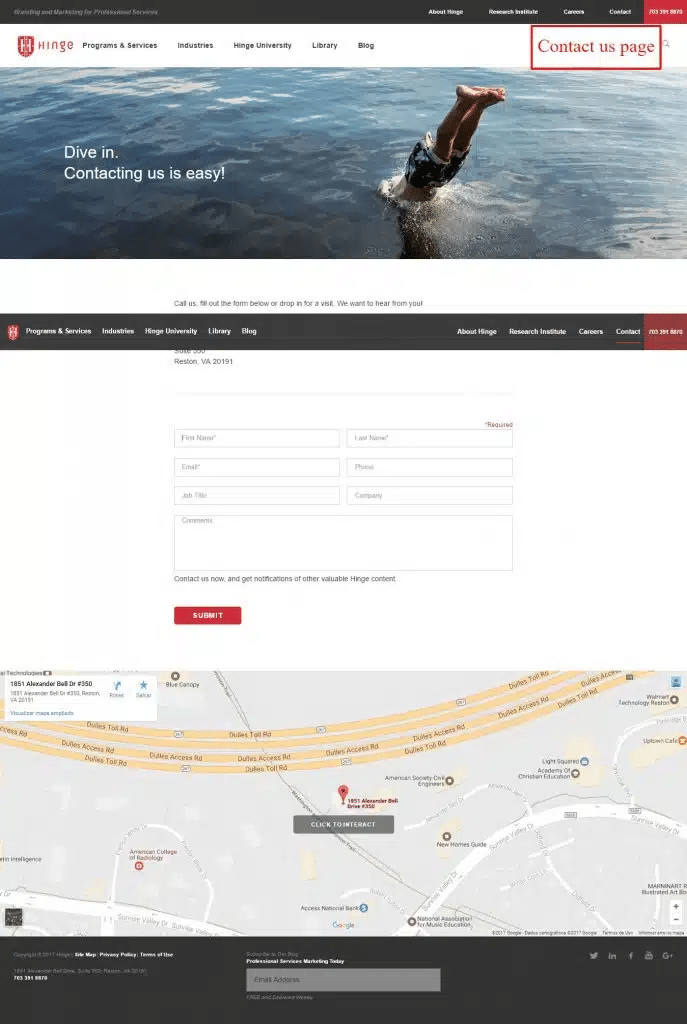
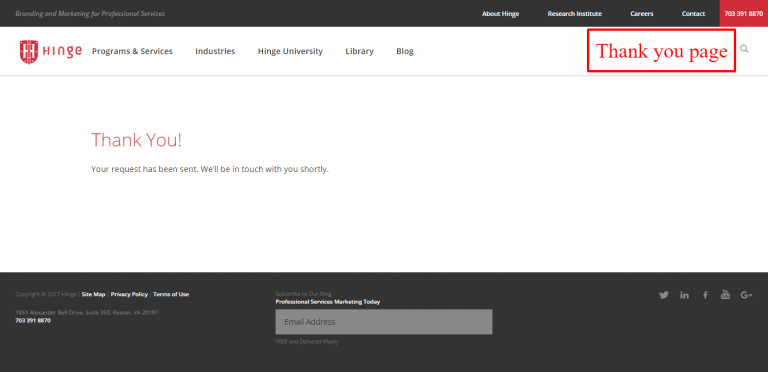
> Exercise 3: Identify the different pages a visitor must go through when a conversion takes place on your website.
4. Detect Macro Conversions and Micro Conversions
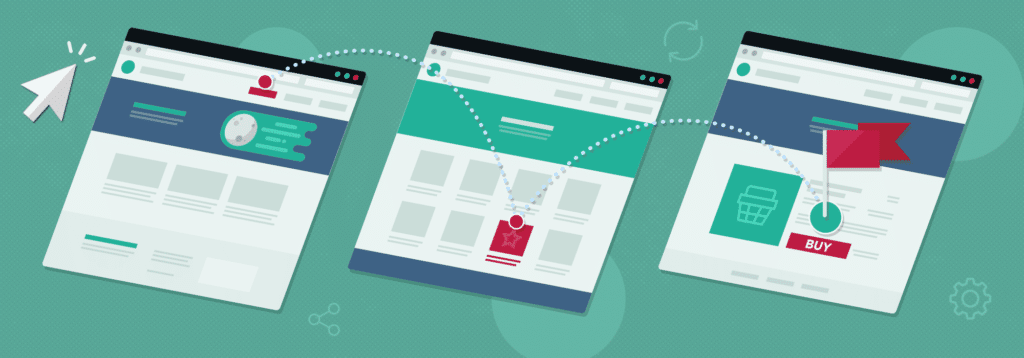
By now, you know your goals and conversion paths. Let’s move on and figure out your site’s specific micro conversions.
Macro conversions are the overall or ultimate conversions of your website. In contrast, micro conversions are the smaller steps or conversions a visitor must take to achieve a macro conversion.
While your website has one primary macro conversion goal and several secondary goals, remember that your visitor must always go through a series of many smaller steps (micro-conversions) to convert.
- In a lead generation website, a visitor fills out a “contact us” page, probably after going through the home page, looking at the services page, and, in consequence, clicking on the “contact us” page link.
- In a subscription website, a visitor subscribes and provides you with his details, probably, after going through your home page, looking at your offer pages, and following with a click on the subscription page.
- In an e-commerce website, a visitor buys an item from your website, probably after going through your home page, looking at your category pages, clicking on a product page, adding it to your cart, and then completing the checkout process.
The steps your visitor goes through before a macro conversion form a series of micro conversions.
To get to the big “Yes,” your visitor must go through a series of smaller “Yeses.” At any point, the visitor might abandon the website and exit the conversion path.
Your task as a marketer is to identify all the possible paths visitors go through or follow on your website.
Here are five micro funnels for an e-commerce website:
- From the homepage to category pages
- From a top-level category page to a child category page
- From a child category page to a parent category page
- From a top-level category page to a product page
- From a bottom-level category page to a product page
> Exercise 4: Identify 15 possible funnels your visitors go through on your website.
5. Evaluate Conversion Problems On Your Web Pages
Now that you have a list of your website goals, the conversion paths of your visitors, and all macro and micro conversions, as you start looking at individual pages, you will notice that each page supports one or more of your conversion goals.
While a website might have multiple conversion goals, and a web page might support more than one of these goals, a web page should have only one primary conversion goal.
The core focus of each web page should be its primary conversion goal.
Web pages on the site can be divided into:
Landing Pages:
These are the entry points to your site. If you are running a PPC or ad campaign, you choose and design the landing page(s) for the campaign. However, users can find your site by conducting a search on a search engine. When they do, you have no control over which page they land on. This means all pages on your site are potential landing pages and must be built to convert visitors.
Offer pages:
These are the pages that outline your offering and show visitors the solutions to their needs. For an e-commerce website, offer pages are category and product pages. For a lead generation website, offer pages are the ones where you explain your offer.
Here’s an example of a category page from Eton Shirts:
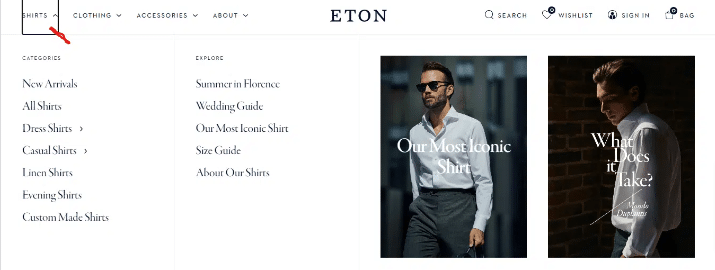
The red indicator above shows the primary category page that houses other sub-categories.
The page below is the linen-specific category page.

Support pages:
These are the pages that answer visitors’ questions, clarify any confusion, and alleviate any fears that visitors may have about deciding to purchase.
Here’s an example from Gymshark;
The top of the screen has a search bar that allows you to input any word or phrase to speed up your search.
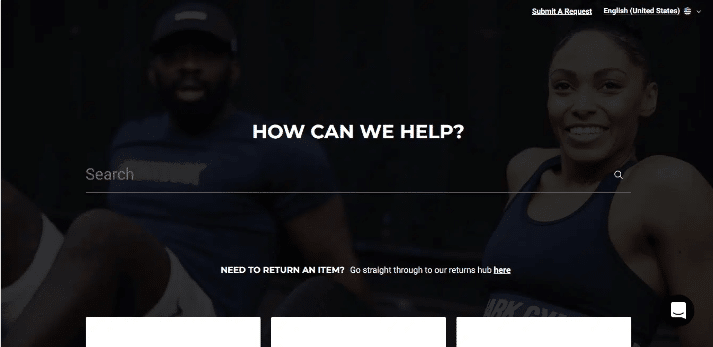
The bottom of the page has FAQs grouped together in a beautiful way.
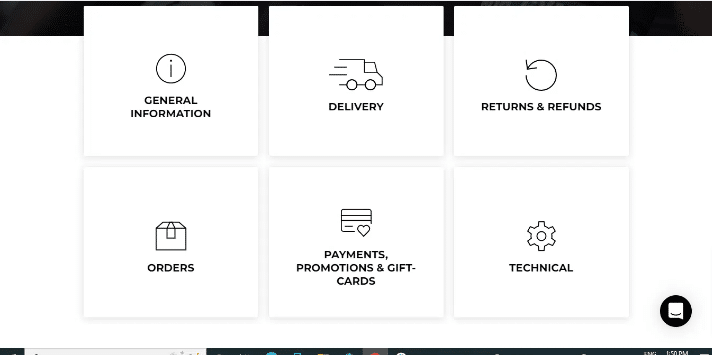
Conversion goal pages:
Suppose you’ve got an eCommerce site. A user either lands on your site from an ad or via organic search.
As the user starts navigating your site, they land on your product page. Let’s say he has questions about shipping policies, contact numbers, and how to use a product. He’ll look for your FAQs if your product copy doesn’t have the answers.
When this user adds an item to a shopping cart, he is taken to a checkout page, which is the conversion entry page.
As he completes the purchase, he is presented with the “thank you” page or the conversion goal page.
On the thank you page, you could offer upsells/cross-sells, discounts, and links for purchasers to follow you on social media.
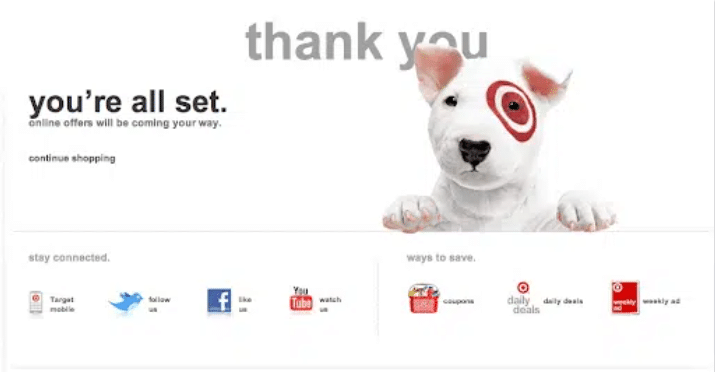
6. Track It All
After you identified the different paths your visitor follows inside your website, your next task is to track them using your favorite analytics program.
Among the many analytics programs available on the market, choose one that fits your needs. We have no preference here. We recommend, however, using two different analytics programs for website tracking purposes.
Here are some analytics programs that you can consider:
- Google Analytics
- Piwik
- Clicky
- Kissmetrics
- Mixpanel
- Omniture
7. Calculating Your Website Conversion Rate
You should track several conversion rates on your website. Each will provide insights into the effectiveness of your website.
Overall conversion rate
A site’s conversion rate is equal to the total number of conversions in a specified period divided by the total number of visitors (sessions) the site received during that same period.
So, if you receive 200,000 sessions in one month and you get 20,000 orders in that month, your conversion rate is = 20,000/200,000 = 10%.
Related Article: How To Calculate Conversion Rate For Your Website
Path conversion rate
The path conversion rate tracks the conversion rate of a specific path visitors take on your website. For example, in an e-commerce website, you can track category pages’ conversion rates. This will be calculated as follows:
Category pages’ conversion rate = number of visitors to category pages/number of conversions from these visits.
In addition to the above conversion rates, it is important to track the following:
Average Visits to Purchase
This metric tracks the average number of sessions it takes a visitor to convert (from the first website visit to the actual purchase visit).
Average Days to Purchase
This metric tracks the average number of days it takes a visitor to convert (from the first website visit to the actual purchase visit).
Analytics expert, Avinash Kaushik, explains the importance of the two metrics, “days to purchase” and “visits to purchase,” and how to measure them.
Before moving to the next section, here’s a video on how to plan a conversion optimization roadmap.
Benefits of a Conversion Optimization Strategy
Now you’ve gone through 7 ways of identifying poor conversion areas on your website. We’ll take a look at the benefits of a conversion optimization plan.
1. Get to understand your customers better:
The more you dive into CRO and evaluate your website for conversion weak spots, the more you’ll learn about your customers and online visitors. Why they visit your website, and what they seek to achieve.
You’ll learn all these by running polls and surveys, viewing heatmaps and session recordings, conducting JTBD interviews, etc.
2. Lower your customer acquisition costs:
This works in two ways. As you get to know your customers better, you know what messaging works with them and what they resonate with.
This means you get more of your existing traffic to tick off micro and macro conversions and lessen your dependency on ads to bring in fresh traffic to drive sales.
Suppose you decide to still get additional traffic by going the PPC route. Messaging still works here. In getting to know your customers better, you understand better what awareness stage they’re at and what messaging they’ll resonate with the most.
3. Improve your SERP rankings:
The more time people spend on your site, this signals to search engines that people find your content useful.
The more online visitors bounce, the more signals search engines that your content isn’t useful, and your rankings drop.
In the process of identifying conversion issues on your website, you’ll be able to uncover the issues that make users bounce (usability issues, bad design, etc.) and improve them.
This leads to more visitors staying on your site and leads to your content ranking more.
4. Enhance your website’s trustworthiness:
If your website lacks trust factors, consider your website broken.
As you dive deep into your website, carrying out a CRO audit and website analysis, you’ll discover areas that inspire fear, uncertainty, and doubt for your site visitors.
This allows you to add elements that counter every element of doubt and improve your site’s trustworthiness.
Conversion Optimization Strategy FAQ
What is a CRO strategy?
A Conversion Rate Optimization (CRO) strategy is a systematic approach to enhance the percentage of website visitors who take a desired action, such as making a purchase or filling out a form.
What are CRO tactics?
CRO tactics involve a range of methods to improve user experience and drive desired actions. Examples include A/B testing, UX design enhancements, persuasive copywriting, and effective call-to-action implementation.
What does a CRO strategist do?
A CRO strategist analyzes data, conducts research, and develops strategies to optimize the user journey. They identify barriers to conversion, implement testing plans, and continually refine strategies to improve overall website performance.
What does CRO mean in marketing?
CRO in marketing stands for Conversion Rate Optimization. It focuses on refining and improving various elements of a marketing strategy to maximize the percentage of visitors who convert into customers, subscribers, or leads.



